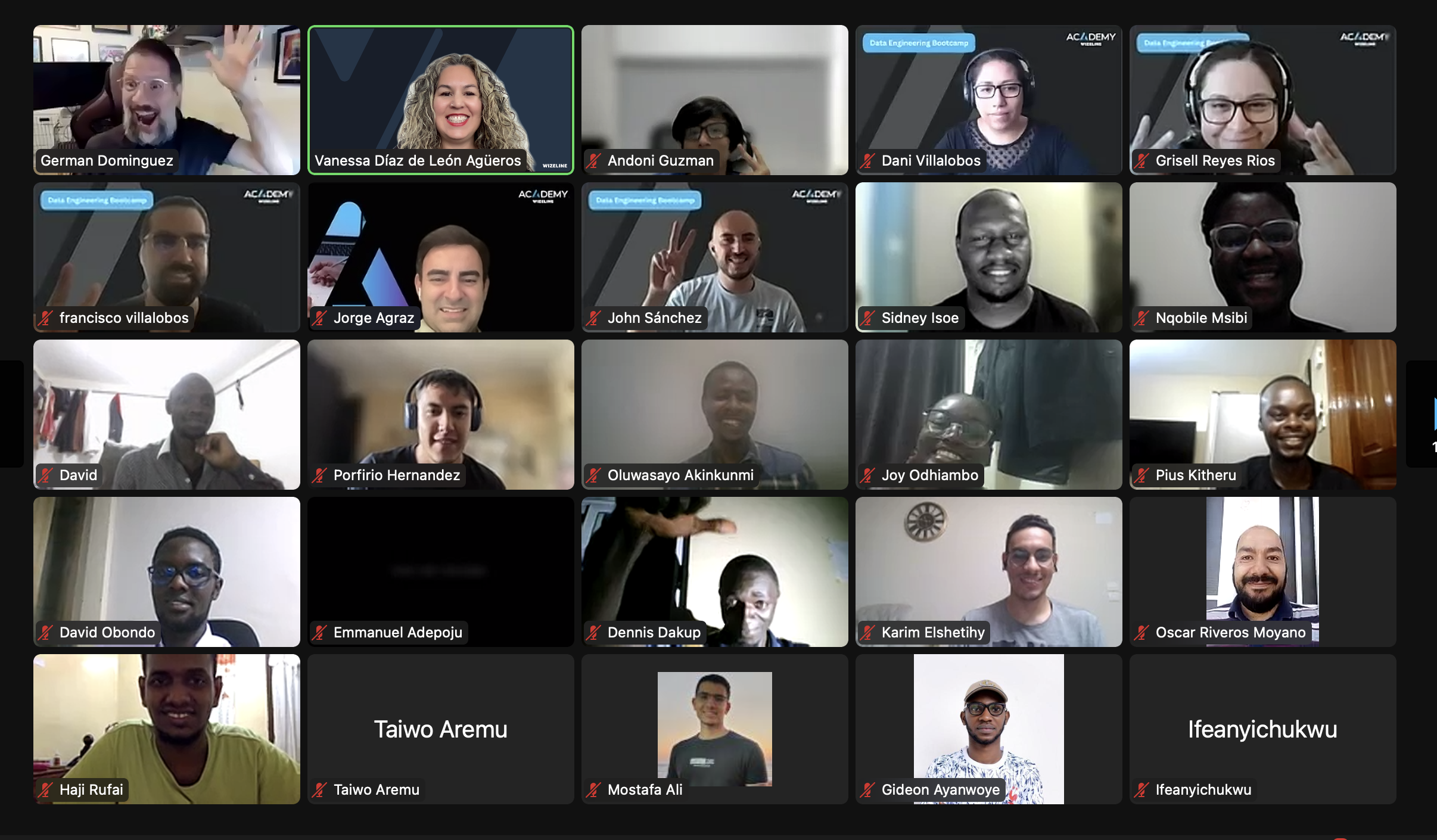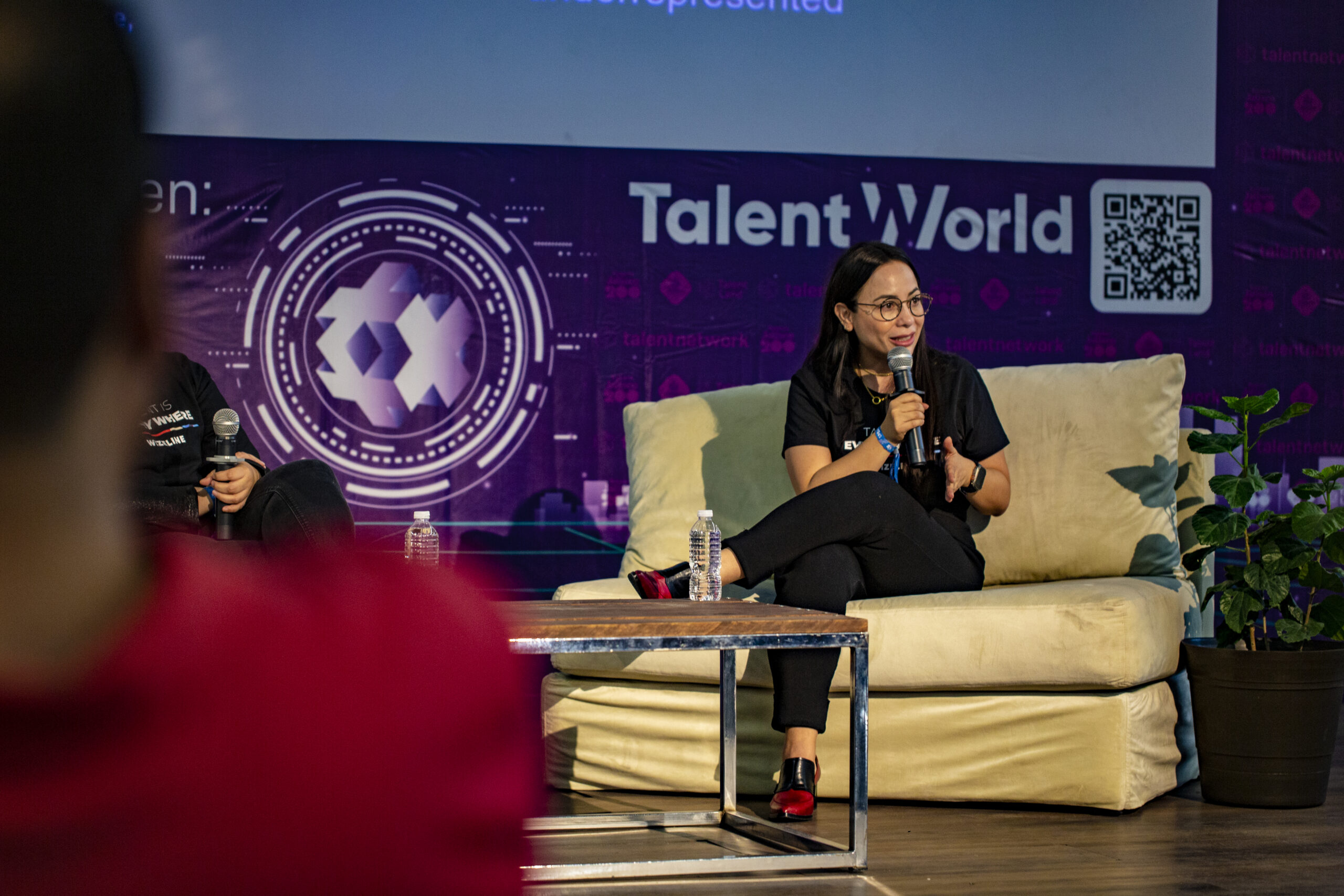Generative artificial intelligence (GAI) has taken the world by storm, with new adaptive tools revolutionizing how we work, learn, and interact with information. From language translation and image recognition to data analysis and virtual assistants, we are just scratching the surface of AI’s potential to enhance our daily lives.
With their ability to process massive amounts of information, learn from patterns, and make intelligent decisions, generative AI tools have become indispensable. From startups to Fortune 500 organizations, companies in all sectors are benefiting from increased efficiency, innovation, and productivity.
To help you take advantage of generative AI, Wizeline has created an overview of all the GAI tools currently available. Our Map of the Generative AI Landscape resource helps you identify strategic options, explore potential applications, and make informed decisions to transform your methodologies, products, and services into AI-native ones.
Building a Generative AI Map
Language is a map that shapes our perception of reality, according to Tim O’Reilly. He emphasizes the importance of direct experience and awareness in learning and evolving through receptivity to the unknown. In the context of generative AI, having a roadmap that can help you navigate the tool landscape becomes necessary to understand this ever-advancing field of new technologies.
Wizeline’s comprehensive Map of the Generative AI Landscape will familiarize you with this quickly expanding ecosystem and pinpoint use cases for specific tools and services that best apply to your business.
Ecosystem Breakdown
Wizeline’s Map of the Generative AI Landscape is meticulously crafted and updated by our team of expert technical professionals in AI. With deep knowledge of the latest GAI tools and technology, our technical experts are dedicated to keeping at the forefront of this dynamic landscape. They outline the ecosystem in terms of three major categories: technology functions, content types, and business functions.
Continue reading to gain cutting-edge insights into each category.
Technology Functions
The following figure shows the main layers of the GAI ecosystem based on their technology functions and how they work together to create adaptive AI solutions.
The ecosystem comprises the following layers:
- Models: Artificial intelligence systems conceived to create new data, content, or designs based on input data or specified parameters. These models generate various outputs, such as text, images, music, and complex designs, by learning patterns and structures from massive datasets. Examples of popular generative AI models include GPT (generative pre-trained transformer), DALL-E, and StyleGAN.
- Cloud services: Publicly available services or APIs granting access to generative AI models. One example is ChatGPT, a platform that offers access to GPT models owned by OpenAI through a chatbot interface or API.
- Mashups: Services connecting multiple models and enabling complex workflows. Toolformer is an excellent example of a Mashup service.
- Data and integration services: A combination of data services, APIs, and middleware services enabling applications to interact with the remaining components in the AI landscape. Facilitating the construction of business logic and data storage, this layer allows applications to control how data flows into generative AI services and produce the best experiences for end users within the applications. Langchain and Pinecone are tools in this data science category.
- AI-native products and services: AI Products or applications with generative AI or robotics embedded within their features and workflows. Users benefit from the models without seeing the implementation details. Examples include Notion.AI, Uizard, and GitHub Copilot.
Content Types
Generative AI is chiefly distinguished by its capacity to produce diverse new content. All the tools in our map fall under one of the following categories:
- Text: AI text generators are called large language models (LLMs) and use advanced natural language processing (NLP) algorithms. These tools aid in producing high-quality, coherent, and engaging text. Text generators analyze vast amounts of text data, learn patterns, and generate human-like content based on given prompts or instructions. Among the most popular LLMs are OpenAI’s GPT 3.5 and Google Bard.
- Image: AI image generators create stunning visuals, transform ordinary images into extraordinary masterpieces, and explore endless creative possibilities. From generating realistic and high-resolution images to adding artistic filters and effects, these tools bring your vision to life. AI image generators unleash your creativity, elevate your visual content, and create captivating images that leave a lasting impression. Among the most popular AI image generator tools are DALL-E 2 and Midjourney.
- Data and simulation: AI data and simulation generators produce synthetic data, simulate realistic scenarios, and model complex systems. These tools also analyze and interpret large volumes of data, extract valuable insights, and generate predictive models. Using these tools enables you to make data-driven decisions on metrics, optimize processes, and anticipate future trends. Among the most popular AI data & simulation generator tools are Chartify AI and Roam Around.
- Code generator review: AI code generators and reviewers enhance your code quality and streamline development workflows. These tools help programmers analyze existing code, identify potential issues, and provide intelligent improvement recommendations. Their powerful review capabilities help ensure code consistency, reduce errors, and optimize performance. They also improve team collaboration and deliver high-quality code. Among the most popular AI code generators and reviewers are GitHub Copilot, AI Code Reviewer, along with a suite of Google Cloud AI developer tools.
- Music and sound: AI music and sound generators let you produce original compositions, harmonies, melodies, and soundscapes. They analyze musical datasets, identify patterns, and create music that matches specific styles, genres, or moods, and serve as virtual collaborators. Moreover, they improve your production process by building drum tracks, creating backing harmonies, or suggesting melodic variations. Some of the most popular AI music and sound generators include Speeko AI and Jamie AI.
- Video: AI video generators automate video production by creating dynamic visual effects, seamlessly removing objects or backgrounds, and enhancing video quality through intelligent upscaling and noise reduction techniques. AI video generators deliver realistic simulations, craft synthetic scenes, and transform existing footage into imaginative visual narratives using the creator’s artistic contribution. Among the most popular AI video generators are Flawless AI and Gling AI.
- Game and virtual world: In this category, AI generators enable game developers and virtual reality enthusiasts to generate realistic characters, intelligent non-player characters (NPCs), and dynamic environments that adapt and respond to player actions. These generators automatically create vast landscapes, intricate mazes, or complex levels, ensuring players remain engaged through their depth and replay value. Among the most popular AI generators of games and virtual worlds are character.ai and Reface AI.
- Vector databases: Generative AI tools in this category capture relationships and similarities between data points, enabling effective search, classification, and clustering. These tools generate new data points based on existing patterns and perform advanced data analysis tasks like anomaly detection, outlier identification, and trend prediction. Some of the most popular AI vector database generators include Pinecone and Qdrant.
Business Functions
Generative AI is not just an interesting tool but a game changer for different business sectors and business processes, including:
- Marketing: Content AI generators don’t just produce content, they supercharge your web and social media campaigns. Imagine sending out a press release with AI-enriched content or driving customer experiences with AI personalization. Beyond the content, these tools dive deep into data, offering predictive insights about market trends and customer behavior.
- People operations: Screening automation tools zero in on candidate skills, quickly locating the most appropriate application with automated candidate screening and target skill assessments. But it doesn’t stop at hiring. Using AI, you can tailor learning programs for employees, boost their satisfaction, and strategize your workforce management with data-driven decisions.
- Software development: Developers can use AI to automatically generate code snippets or entire modules, identify and fix bugs, enhance code quality, and improve software reliability.
- Finance: In the financial sector, generative AI paired with machine learning is transformative. It processes historical data, identifies patterns, and offers reliable future projections. And for security, AI models detect potential fraud by identifying suspicious patterns and transaction anomalies.
- Design: Designers can use AI to generate alternative customized design concepts based on specified parameters, automating manual tasks. This means faster layout creation, intuitive color scheme suggestions, and efficient font choices.
How Can You Benefit from This Map?
You can use Wizeline’s Map of the Generative AI Landscape for:
- Strategic decision-making: Gain a comprehensive understanding of available tools, technologies, and their interconnections to make strategic decisions. Identify gaps, opportunities, and areas for innovation in your business model.
- Gaining situational awareness: See the current state of generative AI tools, their functionalities, and their applicability to specific use cases and business functions for your unique requirements.
- Evaluating generative AI technology: Evaluate and compare different generative AI and machine learning tools based on their features, capabilities, and compatibility with specific tasks.
- Allocating resources: Identify resource requirements to implement generative AI solutions supported by our experts.
- Innovating and exploring: Explore emerging generative AI technologies, trends, and advancements. We foster a culture of innovation by highlighting new tools pushing the boundaries of creativity. Discover optimization opportunities for your business processes.
As a leading AI services provider, Wizeline intends to promote collaboration and knowledge sharing by continuously improving our map. Through this frequently updated resource, we empower you to navigate the complex landscape of generative AI, understand regulatory guidelines, stay ahead of the competition, and unlock the transformative power of these new technologies.
Read and download our full generative AI guide HERE or visit wizeline.com for more information.






